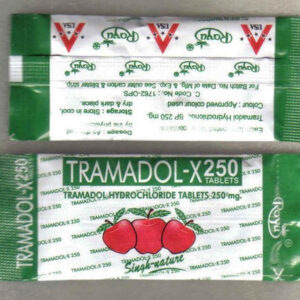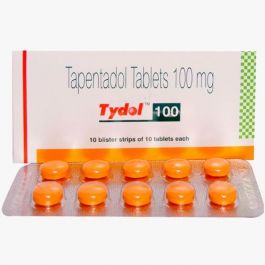Oxymorphone is a narcotic pain reliever used to treat moderate to severe pain. The extended-release form is for around-the-clock treatment of pain.
Oxymorphone is available under the following different brand names: Opana, and Opana ER.
DOSAGES OF OXYMORPHONE
Dosage Forms and Strengths
Injectable solution: Schedule II
- 1 mg/mL
Tablet: Schedule II
- 5 mg
- 10 mg
Tablet, extended release: Schedule II
- 5 mg
- 7.5 mg
- 10 mg
- 15 mg
- 20 mg
- 30 mg
- 40 mg
Tablet, extended release: abuse deterrent Schedule II
- 5 mg
- 7.5 mg
- 10 mg
- 15 mg
- 20 mg
- 30 mg
- 40 mg
Dosage Considerations – Should be Given as Follows:
Risk of opioid addiction, abuse, and misuse, which can lead to overdose and death
Assess each patient’s risk prior to prescribing and monitor all patients regularly for the development of these behaviors or conditions
Preoperative Anesthesia/Analgesia
Also effective for relief of anxiety in patients with shortness of breath (dyspnea) associated with pulmonary edema secondary to acute left ventricular dysfunction
- 1-1.5 mg intramuscularly/subcutaneously (IM/SC) every 4-6 hours as needed
- Analgesia during labor: 0.5-1 mg IM
- Intravenously (IV): 0.5 mg, increased as needed
See also Warning section.
Read the Medication Guide provided by your pharmacist before you start taking oxymorphone extended-release and each time you get a refill. If you have any questions, ask your doctor or pharmacist.
Take this medication on a regular schedule as directed by your doctor, not as needed for sudden (breakthrough) pain.
Take this medication by mouth without food (at least 1 hour before or 2 hours after eating) as directed by your doctor, usually every 12 hours. Swallow the tablets whole. Do not break, chew, dissolve, or crush them. Do not pre-soak, lick, or wet the tablets before putting them in your mouth. Take one tablet at a time with enough water to completely swallow the tablet. If you have nausea, ask your doctor or pharmacist about ways to decrease nausea (such as lying down for 1 to 2 hours with as little head movement as possible).
The dosage is based on your medical condition and response to treatment. Do not increase your dose or use this drug more often or for longer than prescribed because your risk of side effects may increase. Properly stop the medication when so directed.
Before you start using this medication, ask your doctor or pharmacist if you should stop or change how you use your other opioid medication(s). Other pain relievers (such as acetaminophen, ibuprofen) may also be prescribed. Ask your doctor or pharmacist about using oxymorphone safely with other drugs.
Suddenly stopping this medication may cause withdrawal, especially if you have used it for a long time or in high doses. To prevent withdrawal, your doctor may lower your dose slowly. Tell your doctor or pharmacist right away if you have any withdrawal symptoms such as restlessness, mental/mood changes (including anxiety, trouble sleeping, thoughts of suicide), watering eyes, runny nose, nausea, diarhea, sweating, muscle aches, or sudden changes in behavior.
When this medication is used for a long time, it may not work as well. Talk with your doctor if this medication stops working well.
Though it helps many people, this medication may sometimes cause addiction. This risk may be higher if you have a substance use disorder (such as overuse of or addiction to drugs/alcohol). Take this medication exactly as prescribed to lower the risk of addiction. Ask your doctor or pharmacist for more details.
Tell your doctor if your pain does not get better or if it gets worse.




